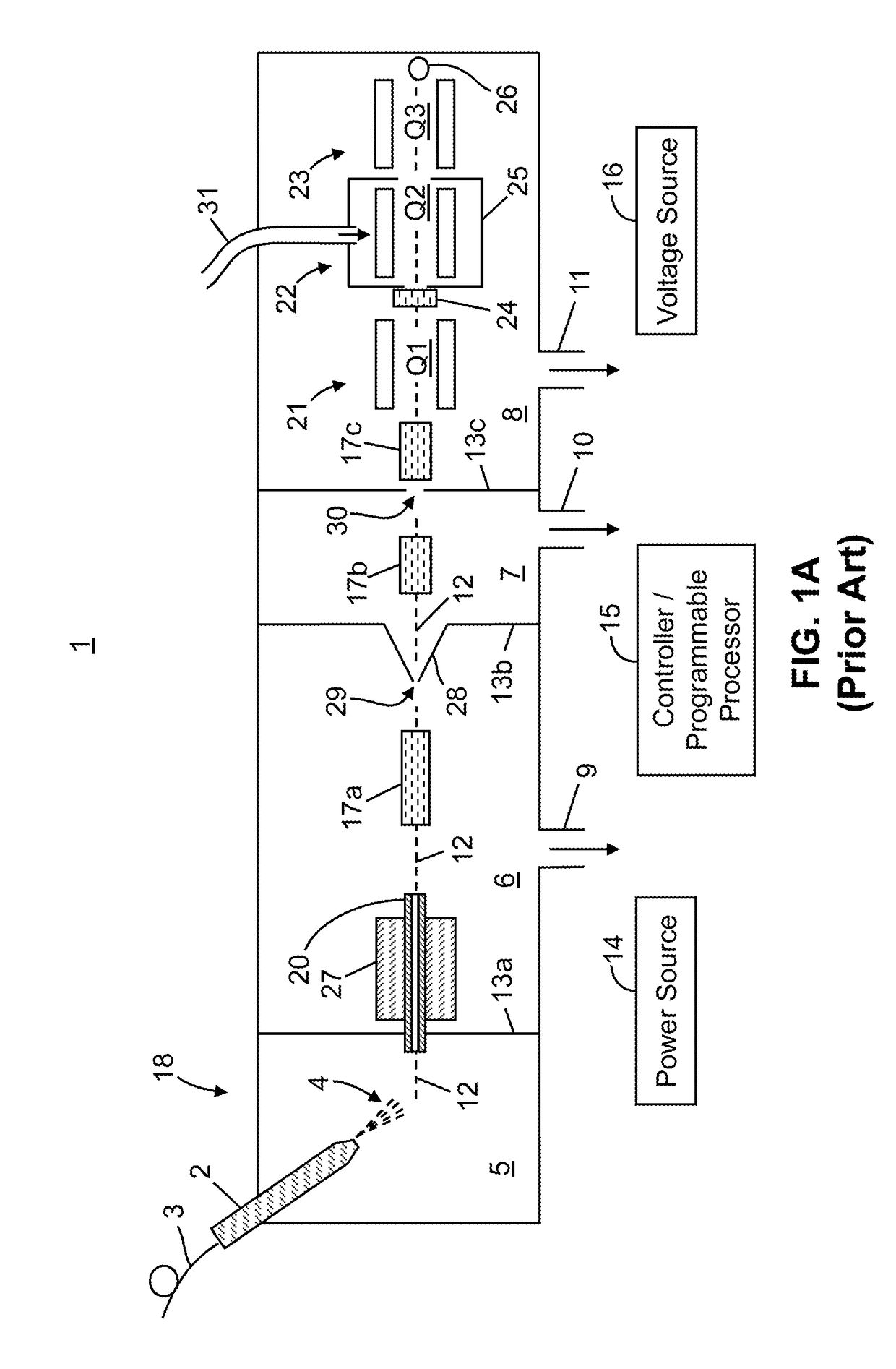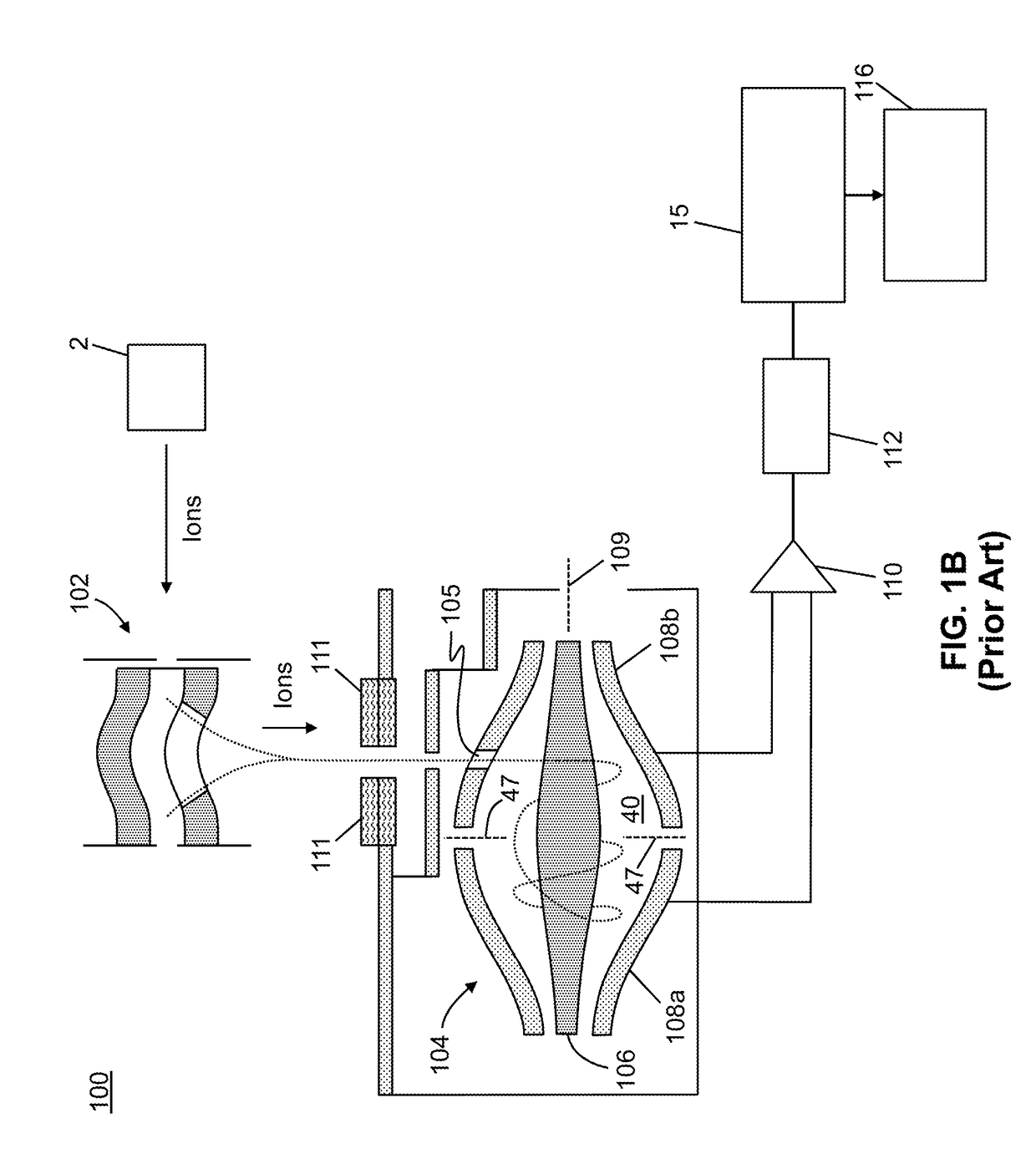Methods for Optimizing Mass Spectrometer Parameters
a mass spectrometer and optimizing technology, applied in the direction of instruments, electric discharge tubes, particle separator tubes, etc., can solve the problem that the mass spectrometer cannot acquire a sufficient quantity of data, and achieve the effect of dramatic reduction of time and effort required for compound optimization
- Summary
- Abstract
- Description
- Claims
- Application Information
AI Technical Summary
Benefits of technology
Problems solved by technology
Method used
Image
Examples
Embodiment Construction
[0033]The following description is presented to enable any person skilled in the art to make and use the invention, and is provided in the context of a particular application and its requirements. Various modifications to the described embodiments will be readily apparent to those skilled in the art and the generic principles herein may be applied to other embodiments. Thus, the present invention is not intended to be limited to the embodiments and examples shown but is to be accorded the widest possible scope in accordance with the features and principles shown and described. The particular features and advantages of the invention will become more apparent with reference to the appended figures taken in conjunction with the following description.
[0034]FIG. 1A is a schematic illustration of an example of a general conventional mass spectrometer system 1 capable of providing tandem mass spectrometry in accordance with the methods disclosed herein. As illustrated, the mass spectromete...
PUM
| Property | Measurement | Unit |
|---|---|---|
| time duration | aaaaa | aaaaa |
| mass spectral operating | aaaaa | aaaaa |
| mass spectrometry | aaaaa | aaaaa |
Abstract
Description
Claims
Application Information
 Login to View More
Login to View More - R&D
- Intellectual Property
- Life Sciences
- Materials
- Tech Scout
- Unparalleled Data Quality
- Higher Quality Content
- 60% Fewer Hallucinations
Browse by: Latest US Patents, China's latest patents, Technical Efficacy Thesaurus, Application Domain, Technology Topic, Popular Technical Reports.
© 2025 PatSnap. All rights reserved.Legal|Privacy policy|Modern Slavery Act Transparency Statement|Sitemap|About US| Contact US: help@patsnap.com



